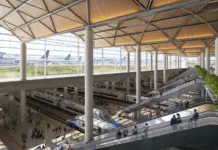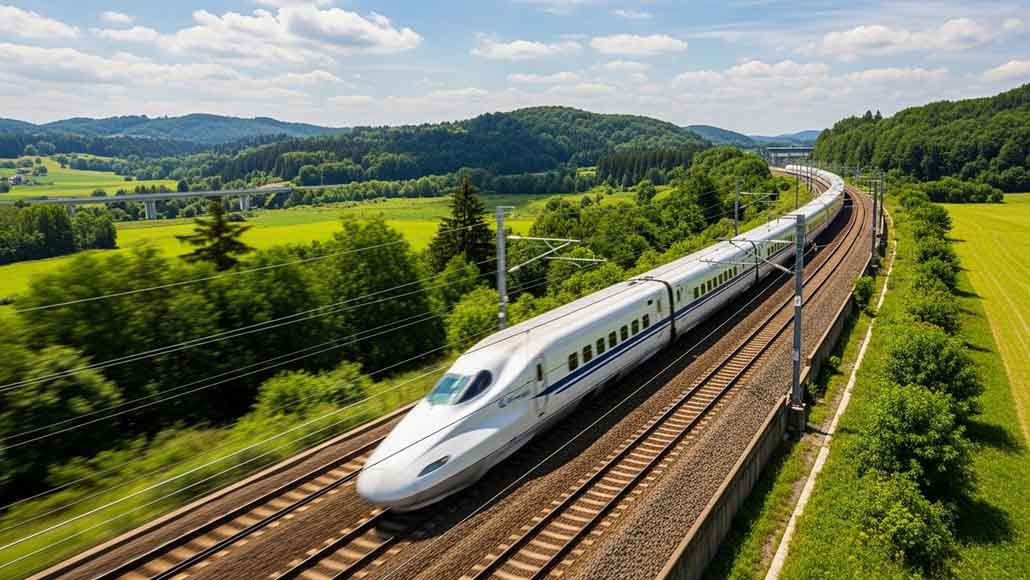China has transformed global perceptions of railway infrastructure with the unmatched scale and efficiency of its high-speed rail network. Over the past two decades, China high- speed rail has evolved into the largest and most advanced system in the world, redefining public transportation and setting new standards for innovation, connectivity, and sustainability.
A Rapid Expansion Unmatched in History
Since the first high-speed line between Beijing and Tianjin was launched in 2008, China’s rail network has grown exponentially. Today, it stretches over 45,000 kilometers, covering more ground than all other countries combined. This ambitious expansion has made high-speed rail a practical and preferred choice for millions of domestic travelers.
Driving Innovation Through Engineering Excellence
The success of China high-speed rail stems from cutting-edge technologies, including smart scheduling systems, maglev trains, and proprietary track design adapted to complex terrains. Chinese engineers have overcome logistical challenges like seismic zones and extreme weather conditions, setting new global benchmarks for railway construction.
Regional Integration and Economic Upliftment
High-speed rail is not just a transportation project—it’s a nation-building strategy. By connecting megacities with smaller inland towns, China has stimulated regional economies, encouraged tourism, and reduced rural-urban disparity. Cities like Zhengzhou, Wuhan, and Guiyang have become vibrant economic hubs thanks to improved rail connectivity.
Global Ambitions and Export Potential
As demand for modern infrastructure grows globally, China is actively exporting its expertise. From Indonesia’s Jakarta-Bandung project to proposals in Africa and Europe, China high-speed rail is becoming a symbol of innovation and efficiency beyond national borders. These international ventures also serve China’s broader Belt and Road Initiative, promoting infrastructure-led diplomacy.
Environmental Sustainability
High-speed rail supports China’s climate commitments by offering a low-carbon alternative to air and car travel. Powered increasingly by renewable electricity, these trains drastically reduce CO₂ emissions and support sustainable urban development.
Conclusion
The rise of China high-speed rail has reshaped both the domestic and global transportation landscape. With continued investment in smart mobility, green energy, and international partnerships, China is not just building railways—it’s building the future of transit. As other countries look to modernize their infrastructure, China’s model provides a clear and compelling roadmap for progress.












